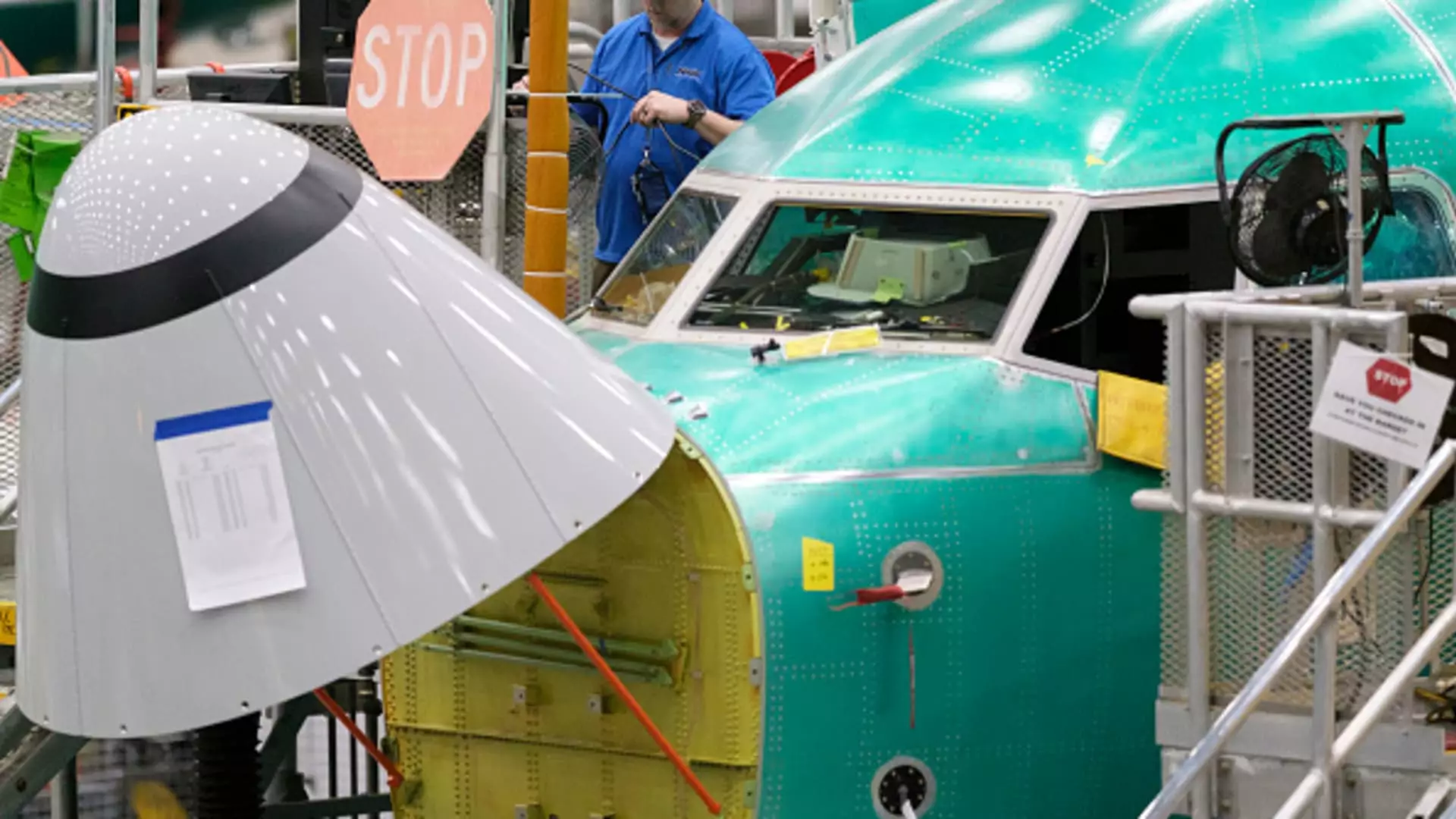Boeing and the International Association of Machinists and Aerospace Workers have reached a new labor deal, avoiding a potentially costly strike at the company’s main factories. The agreement includes a promising 25% raise over four years, as well as enhancements to health-care costs and retirement benefits for the workers. Additionally, it secures a commitment from Boeing to construct its forthcoming airplane in the Pacific Northwest region.
The Impact on Boeing
The deal comes at a critical time for Boeing, as CEO Kelly Ortberg aims to steer the company back to stability amidst safety and quality challenges. The IAM has emphasized the essential role of its members in restoring Boeing’s reputation and success, highlighting the stakes and responsibility involved in their work. By approving the agreement, the workers can contribute to maintaining the company’s legacy and trajectory going forward.
Union Approval and Future Prospects
Although the tentative agreement has been reached, the final decision rests with the workers, who are scheduled to vote on September 12. The current agreement was nearing expiration, which could have led to an immediate strike if no resolution was achieved. The union had been advocating for more substantial raises, seeking over 40%, but ultimately settled for the 25% increase as part of the deal. Stephanie Pope, CEO of Boeing’s commercial airplane unit, has highlighted the advantages of the contract offer, emphasizing the notable wage increase, improved healthcare affordability, enhanced retirement contributions, and better work-life balance.
Overall, the labor deal between Boeing and the IAM signifies a crucial compromise that balances the needs of the workers with the company’s objectives. The agreement not only addresses financial concerns and benefits for the employees but also outlines a commitment from Boeing to invest in its workforce and production. Moving forward, the approval of the deal by the union members will be pivotal in charting the course for Boeing’s future success and competitiveness in the aerospace industry.


Leave a Reply